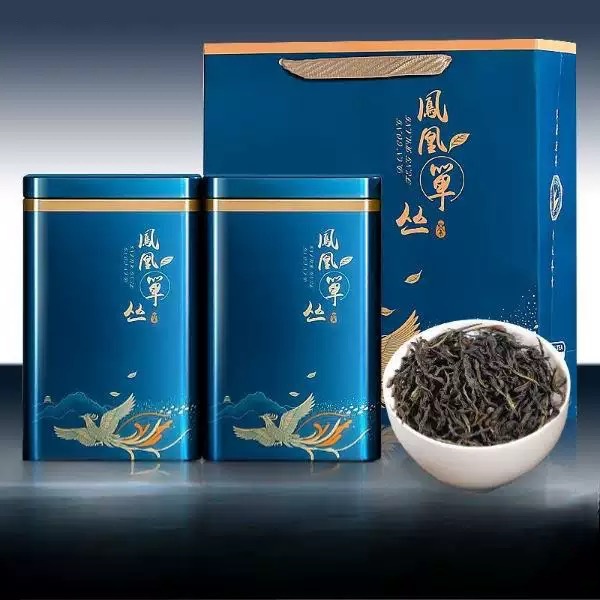
,文章要符合SEO优化,包含关键词Oolong Tea Tasting,文章长度在1000字左右。
html
Oolong Tea Tasting Experience: A Journey Through Flavor and Aroma
Oolong tea, with its rich history and complex flavors, offers a unique tasting experience that bridges the gap between green and black teas. Whether you’re a seasoned tea enthusiast or a curious beginner, an Oolong Tea Tasting session can be both enlightening and enjoyable. In this guide, we’ll explore the nuances of Oolong tea, how to properly taste it, and what makes it so special.
What Makes Oolong Tea Unique?
Keyword: Oolong Tea Tasting
Oolong tea is a partially oxidized tea, which means it undergoes a unique processing method that sets it apart from other teas. The level of oxidation can range from 10% to 85%, resulting in a wide spectrum of flavors, from light and floral to dark and robust. This versatility makes Oolong Tea Tasting an exciting adventure for the palate.
Preparing for Your Oolong Tea Tasting
To fully appreciate the subtleties of Oolong tea, proper preparation is key. Here are some essential steps:
- Choose high-quality Oolong tea: Look for loose-leaf varieties from reputable sources.
- Use the right water temperature: Most Oolongs brew best between 185°F (85°C) and 205°F (96°C).
- Select appropriate teaware: A gaiwan or small clay teapot enhances the experience.
- Measure carefully: Use about 1 teaspoon of leaves per 6 ounces of water.
The Oolong Tea Tasting Process
1. Observing the Dry Leaves
Before brewing, examine the dry leaves. High-quality Oolong leaves are often tightly rolled or twisted. Note their color, which can range from deep green to dark brown depending on oxidation level.
2. The First Infusion
Steep for 30-60 seconds for the first infusion. Pour the tea into a pitcher to stop the brewing process, then into tasting cups. Observe the liquor’s color – it might be pale gold or deep amber.
3. Evaluating Aroma
Before tasting, inhale the aroma deeply. Oolong teas can offer floral, fruity, honeyed, or roasted notes depending on their type and processing.
4. Tasting the Tea
Take a small sip and let it coat your mouth. Notice the initial flavors, the developing taste, and the aftertaste (called “hui gan” in Chinese). Quality Oolongs often have a pleasant sweetness that lingers.
5. Subsequent Infusions
Oolong leaves can typically be steeped multiple times (often 5-8 times for high-quality teas). Each infusion reveals new dimensions of flavor, making Oolong Tea Tasting a dynamic experience.
Common Oolong Tea Varieties to Taste
Here are some notable Oolong varieties to include in your tasting journey:
| Type | Origin | Characteristics |
|---|---|---|
| Ti Guan Yin (Iron Goddess) | Fuj |